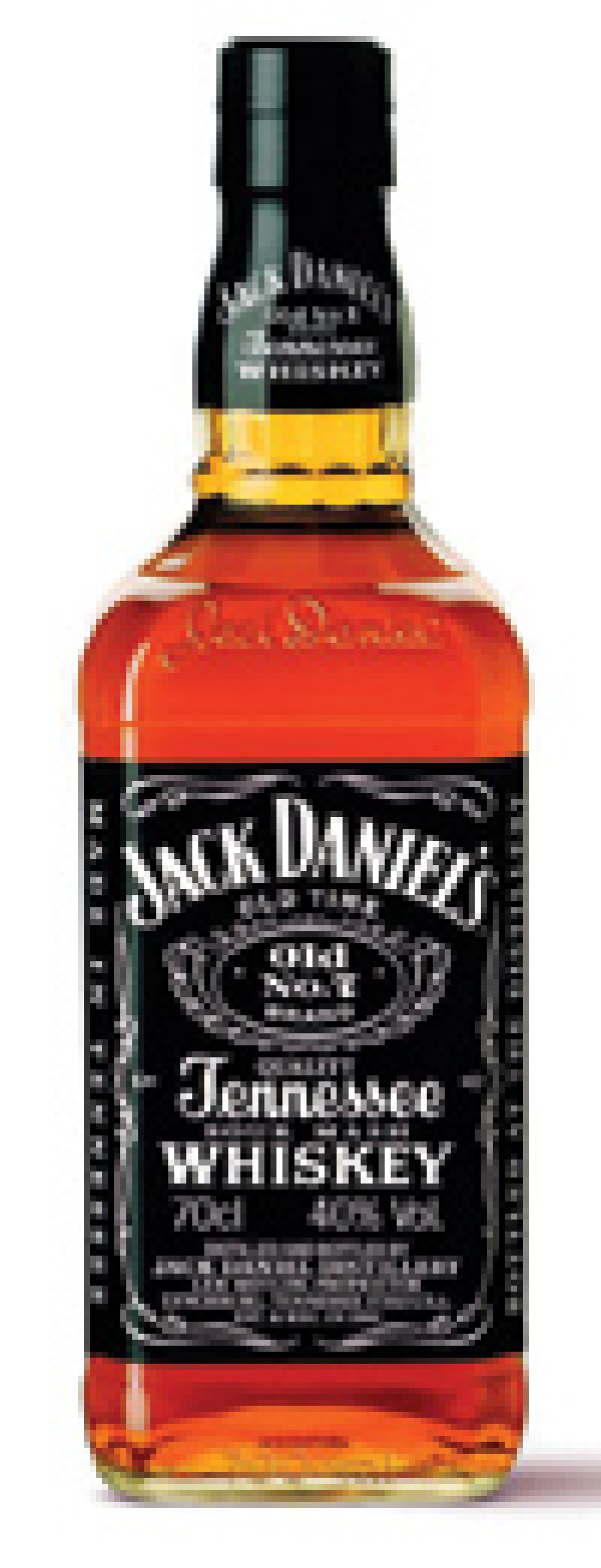The broadcaster
I oversee both the trade mark team and the advertising and commercial clearance team. The latter deals with product placement on our programmes, and the former with our product placement elsewhere (though that's less frequent and often in the form of a film or TV show wanting to use a CNN reporter in a scene). So I see both sides of the issue.
I've seen a big increase in requests for product placement on our programming over the past three or four years. As a result of recording and ad-skipping technology that may reduce the effectiveness of conventional advertising, many brands are exploring product placement to see if it is a more effective way of guaranteeing that an audience sees their product, and that the product is associated with talent and programming that is meaningful to their audience (the halo effect). Product integration can be used on its own, but is most often used in conjunction with conventional advertising. In fact, research suggests that having product integration in addition to running ads in the show can improve the performance of the conventional ads among viewers. This combined approach allows the advertiser to target an audience, while retaining more control over the context in which the product is seen. In a sense, advertising has come full circle, back to the days of the old vignettes in the Jack Benny show, where ads were much more integrated into the programming.
I deal both with brand owners individually and with product placement agents, though usually there is an agency involved in some way. Often it is just the product placement division of the brand owner's regular ad agency. In addition to placement agencies reaching out to us to place their products in our programming, our ad sales teams may also solicit certain brands – they often suggest to a company that it supplement an ad buy with a placement in a programme that particularly suits the brand.
The legal issues for in-house counsel vary depending on the type of placement. A lot of the big brands, for example, frequently deal with unpaid, unsolicited placement in programmes. They must consider whether it falls within incidental or nominative fair use. Many brands use agents to keep track of this for them.
On our side, we have to be aware of how brands are being used and consider whether there is undue concentration on them. If you're scanning a scene and you see a Coca-Cola billboard in the background, it should remain in the background and the camera should not unnecessarily linger on it, to ensure the brand's appearance is incidental.
Equally, we must consider whether use of the brand may be considered disparaging, which could ruffle relationships with advertisers and may ultimately lead to a claim of trade mark dilution. For example, I recall a scene in which a man threw up over a T-shirt that bore a rather famous logo. We blurred the logo, assuming that the brand owner might not appreciate its logo being blemished in such a way.
Some of the small companies are the most vigilant on trade mark use – it's not just the big names. In fact some individual trade mark owners will pay a finder's fee to anyone that finds unauthorised use of their mark in programming. Michael Buffer, who holds certain trademark registrations for the phrase 'let's get ready to rumble', is an example.
With paid placement, clarity regarding rights of approval is essential. We want to avoid having to re-shoot a scene because the brand owner isn't happy with it. So we make sure the brand owner reviews and approves the script, and the scene as shot sticks closely to it. There are also regulatory issues we must consider for a variety of products, such as the appropriateness of placing alcoholic products in a programme with a significant underage audience. Many of these governmental and industry regulations were drafted with traditional advertising in mind, so they have to be adapted somewhat to deal with product placement.

|
Rick McMurtry |
The lawyer

The in-house attorney for a large brand should anticipate being asked to evaluate both solicited and unsolicited cases of product placement. It is useful to look at disputes arising from unsolicited incidents in the past to inform how to proceed with authorising product placement in the future.
Looking at the few reported cases of negative unsolicited portrayal, the trade mark owner is up against three issues: (1) incidental depiction of a branded product is likely not trade mark use; (2) if it is trade mark use (in the broadest sense of that term) the content creator is likely making nominative fair use, which is protected; and (3) courts are under the belief that the viewer is not unlikely to assume that the trade mark owner has endorsed the usage, nor is it likely to form negative opinions about the product as a result of the negative portrayal. Please note that I am referring to incidental product placement and not content directed at a brand (such as parody or an investigative exposé).
For example, the movie Dickie Roberts depicted a character misusing (and being comically injured by) a dry Wham-O Slip 'n Slide (which requires water to work). In the American TV show Heroes, a superhero, testing her miraculous self-healing powers, puts her hand in a (clearly labelled) Emerson In-Sink-Erator kitchen disposal unit, and loses some fingers (which immediately grow back). Caterpillar, manufacturer of the famous CAT bulldozer, sued the producers of the movie George of the Jungle, in which villains use CAT bulldozers to knock down trees.
Wham-O and Emerson were understandably concerned by the depiction of unsafe use of their products. Caterpillar was concerned about tarnishment by association with evil. However, if there are US causes of action here, they are more likely to sound in negligence or libel, not trade mark. Wham-O and Caterpillar lost (Emerson settled before trial) on similar grounds, in that courts reason that viewers are not likely to assume sponsorship or approval by the trade mark owner (ruling out infringement); nor are they likely to form negative opinions about the brands (ruling out dilution by tarnishment). The Caterpillar judge pointed out that the bulldozers were not inherently evil but needed to be operated by villains in order to commit bad acts.
In fact, the trade mark owner may have better luck policing unsolicited positive product placement, than negative. Louis Vuitton has sued various entities for depicting its trade marks in music videos where the LV marks were used to connote luxury. Note that the viewer is more likely to assume sponsorship or endorsement when the portrayal is positive. LV also has a pending lawsuit against Hyundai which depicted an LV basketball to connote excessive luxury. Most of these suits have been reported as being settled. Regardless of those settlements, LV has sent a message that it vigorously polices its brands in this context.

|
Martin Schwimmer |
The brand owner

My group handles all the IP and entertainment-related work globally for the company. We own a lot of other brands, but Jack Daniel's is the one that gets most involved in product placement. Now ometimes product placement is the brand owner trying to get its product in the programme, and other times the producer wants it in there, so you're just managing the process. Sometimes we're even trying to keep our product out of a programme if it's not a good fit.
With the former you are usually trying to build awareness within a particular audience. In many industries, this often involves payment or some other consideration and is far more actively managed. We have a few small brands that have benefited from that over the years. For instance, if a director was just picking brands he liked for a spirits cabinet in a scene, perhaps some of these new brands wouldn't have been chosen. But with an active placement programme, we can often get these products good exposure.
Jack Daniel's historically does not seek product placement because it is so often included by the writers and directors. For Jack, it's usually about managing the way it is presented in the scene and removing it from situations which could be harmful to the brand.
Some brand owners do this work themselves, but many use product placement agents. We do. For in-house counsel new to this area, it is worth learning how the placement business works. This will not only improve interaction with the agent generally but will help if a placement problem should arise.
Our agent manages around a dozen brands for us, some big and some small. So if a director says he doesn't have a spot for a whisky, but could really do with a wine brand, the agent has one from our stable that she can offer and explain how it would fit into the script. The agent also manages both the active and passive product placement process. So for Jack Daniel's he keeps track of the brand's appearances and works to keep those uses in line with our marketing codes – for example, if less than 70% of a programme's audience might be below the legal drinking age, we will ask that it be removed.
There is not a lot of case law on when permission is or isn't required and unfortunately, the cases that are out there are pretty extreme on both ends of the spectrum. Theoretically, the producer doesn't have to obtain permission to include your brand. What we see those is that the smart producers do request it because they don't want a problem that would interfere with the release of the film. This is especially true if the placement could be controversial, for instance if the placement didn't follow the industry's marketing codes. The same is true if the placement is more than just incidental.
The line beyond which a brand becomes more than incidental in a scene is pretty blurry. But if you're one of 30 bottles in a back bar, that would most likely not be an issue. If two characters are talking at a table, sharing a bottle, that's not an incidental appearance and consumers can start to believe the brand owner was involved in the placement. If those two are on a motorcycle, and drinking from a bottle of whiskey, then it's almost certain the we would have a problem with the placement.
The big producers are pretty savvy about this, particularly those with legal counsel. They will make sure the right steps are taken or that a truly generic product is shown. Independent producers are more problematic.
Interestingly, we see case law evolving in the past few years as consumers have become more aware of brand owner's involvement. This is a positive development especially in cases where the placement could be damaging to a brand or is not in keeping with the brand's image. We think, cautiously, that this is moving in favour of brand owners.

|
David Gooder |









